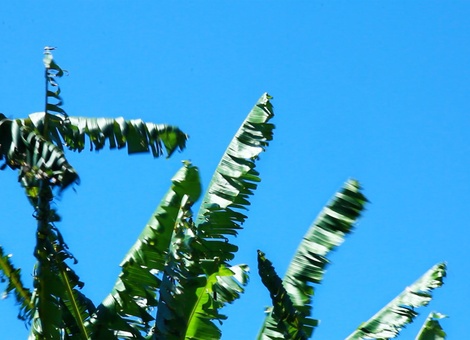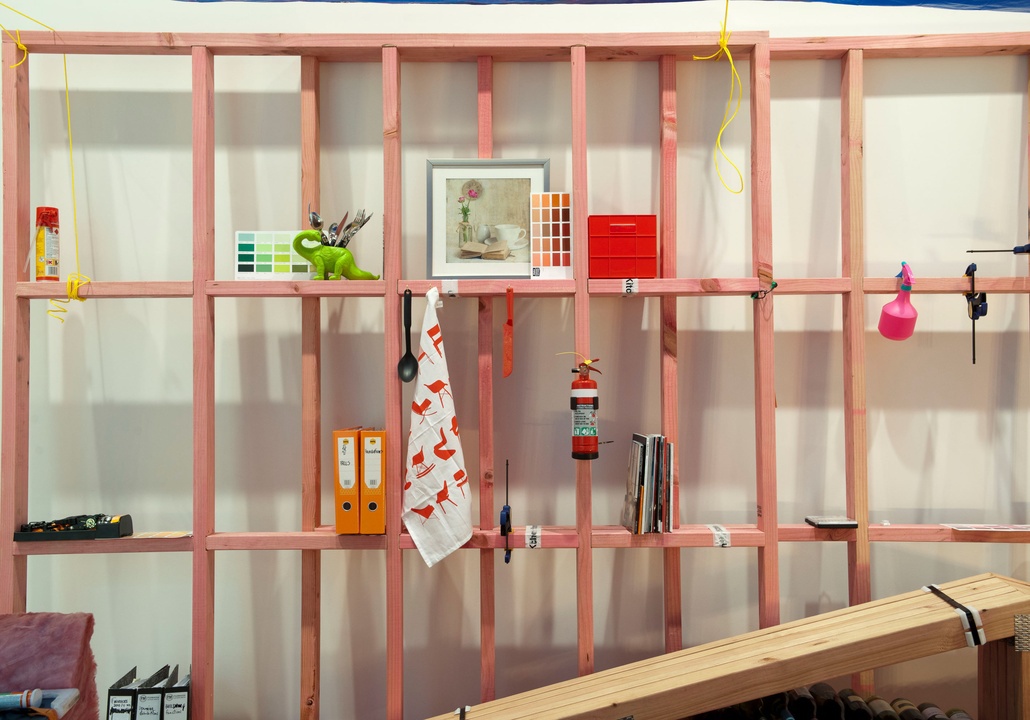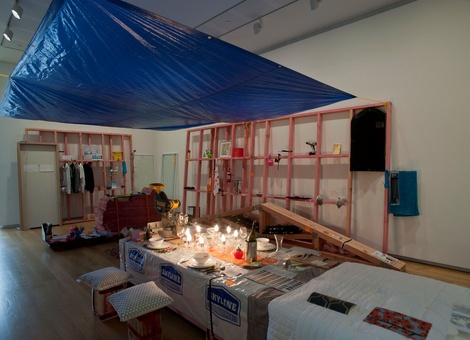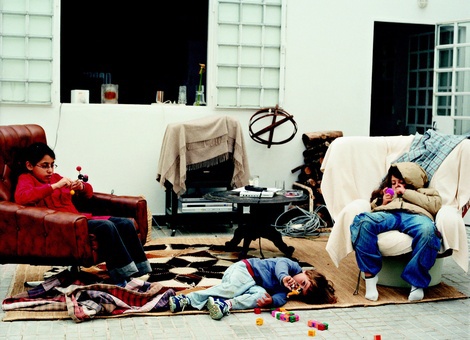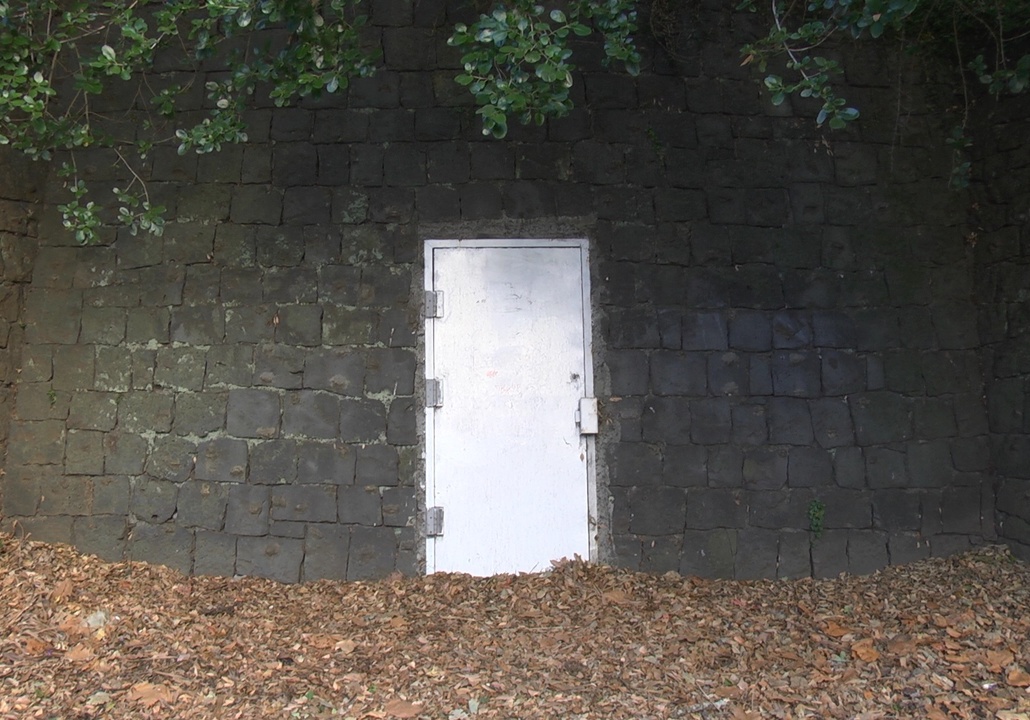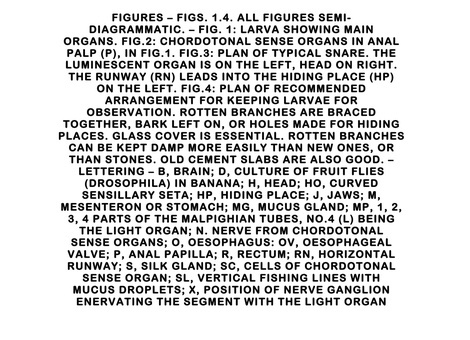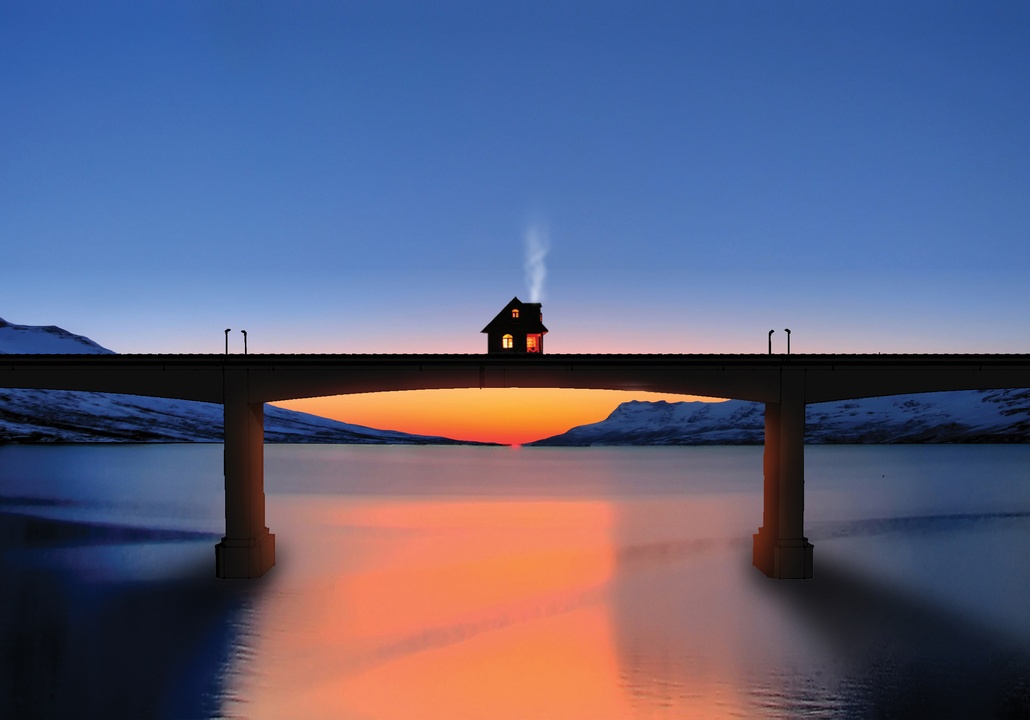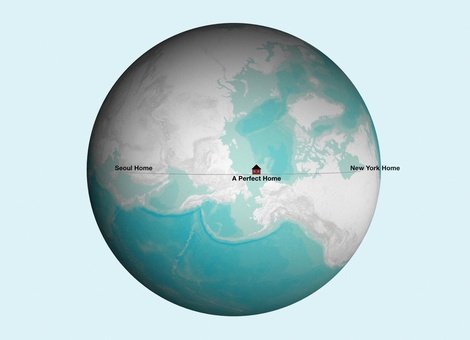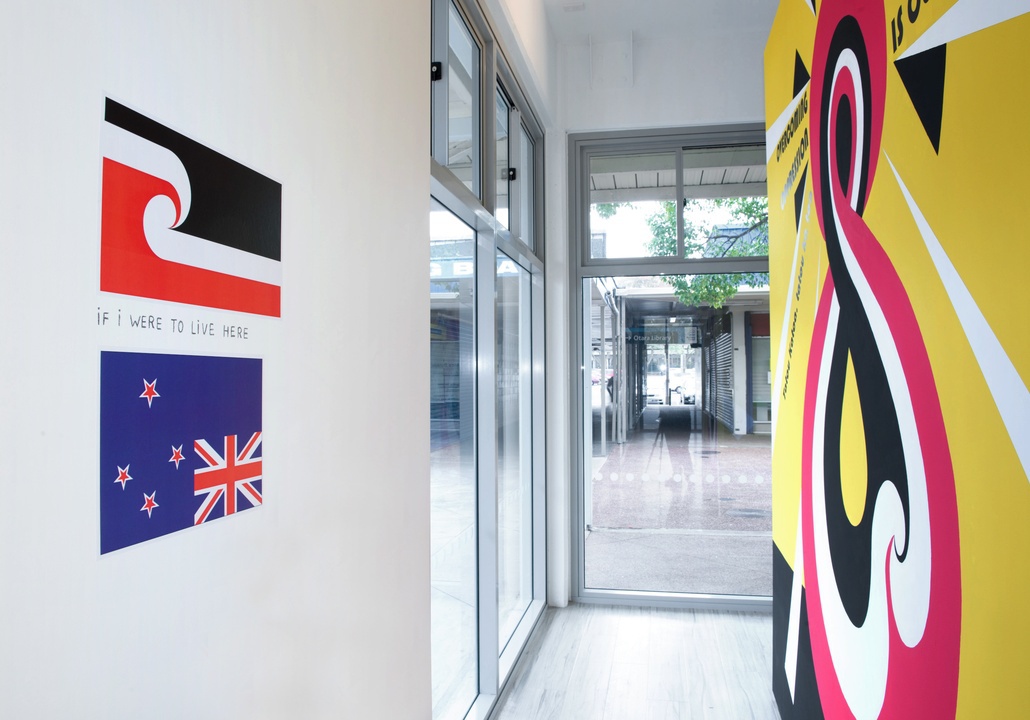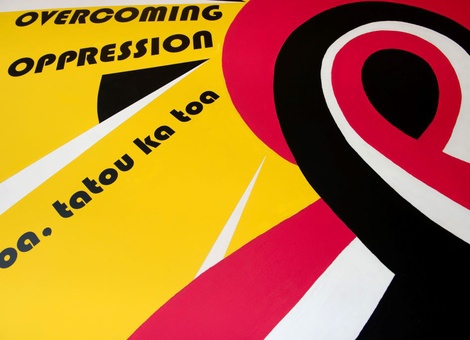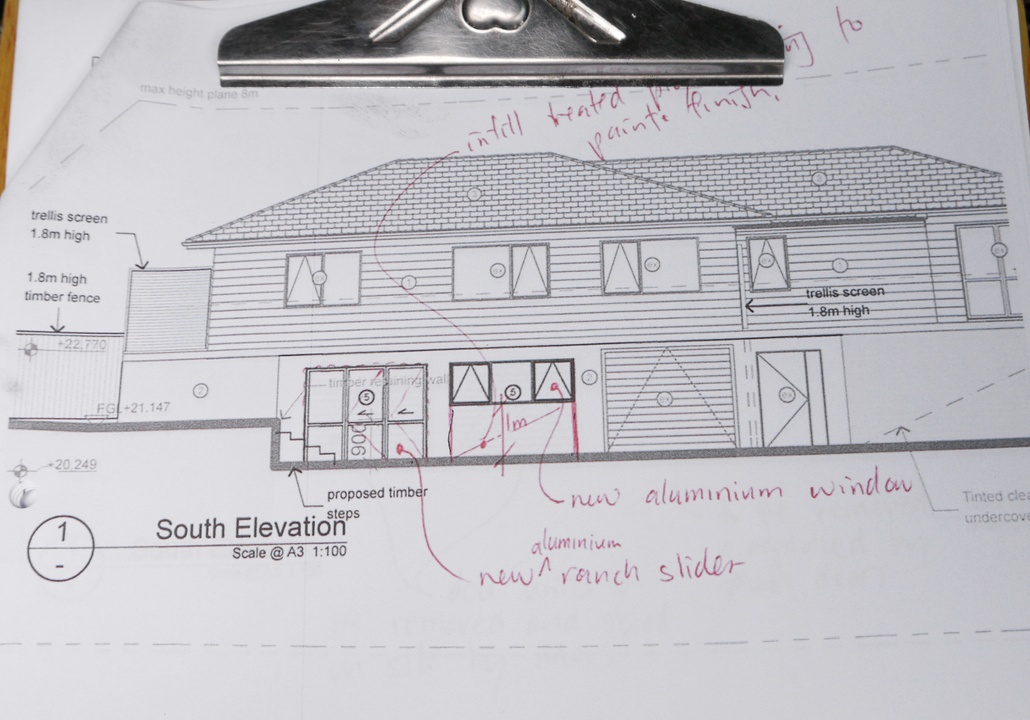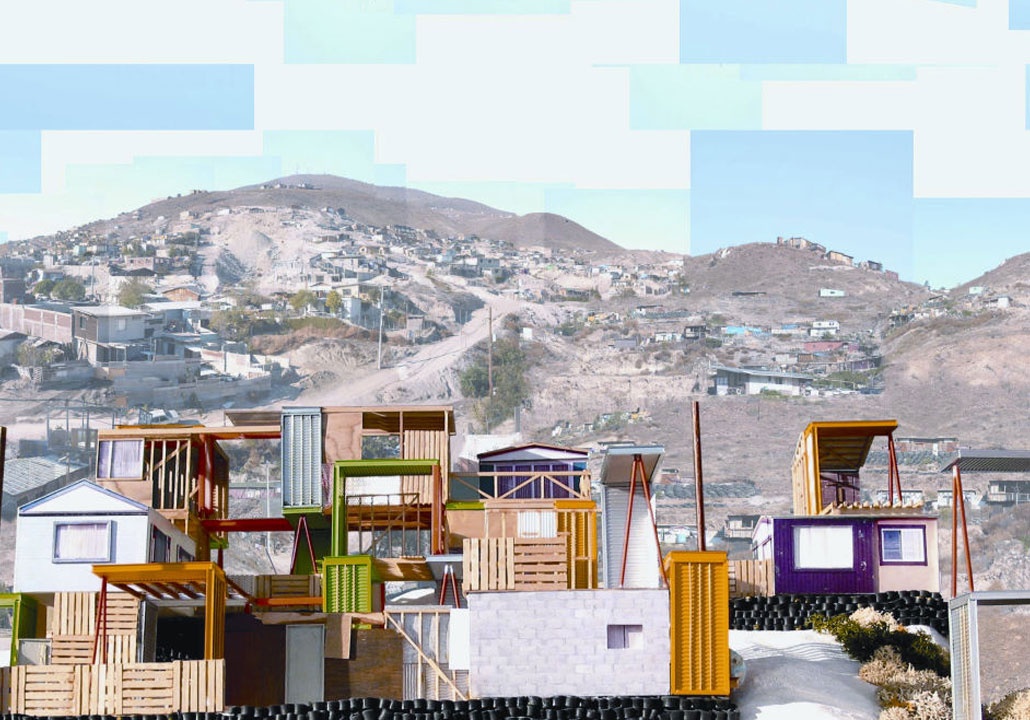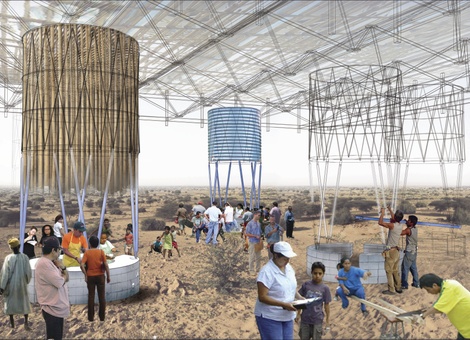Ho Tzu Nyen
Venues
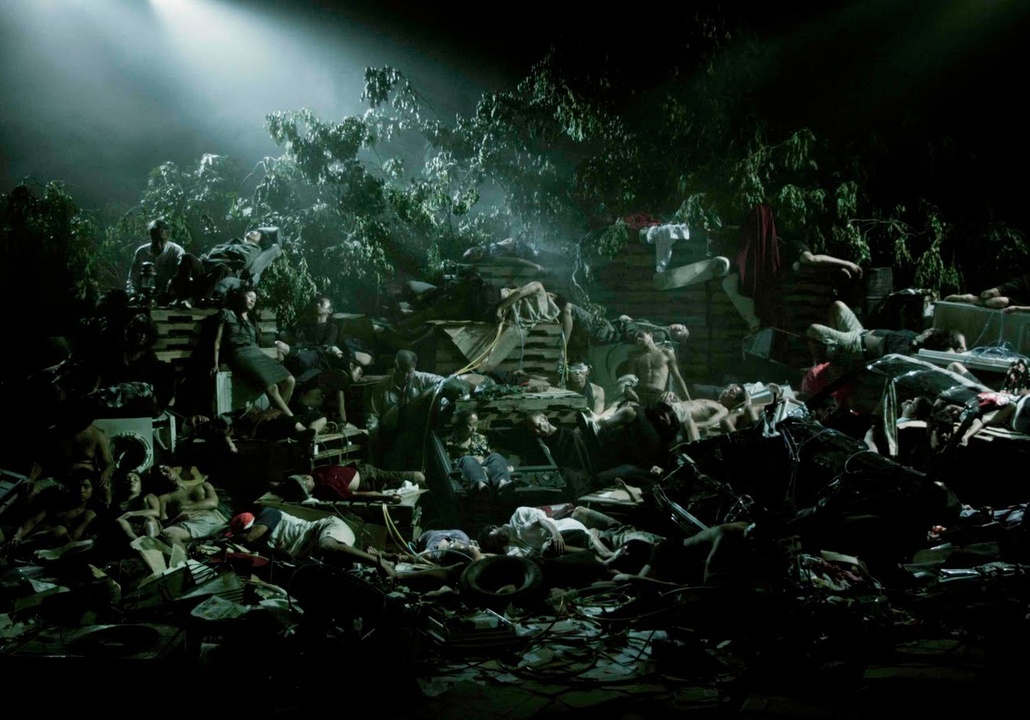
Earth, 2009 (video still)
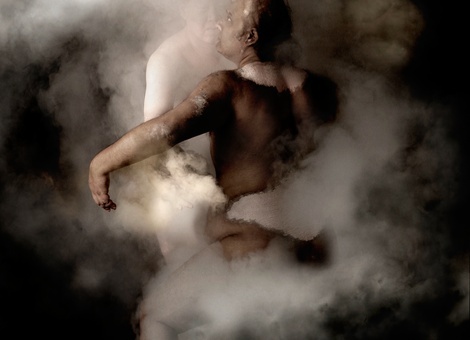
The Cloud of Unknowing, 2011 (video still)
born 1976 Singapore.
Lives and works in Singapore.
Ho Tzu Nyen is a multidisciplinary artist interested in the construction of history and the relationships between still, moving and painted images. Immersive and dreamlike, his films incorporate elements of painting and performance as he extends the boundaries of traditional filmmaking. Ho’s work is characterised by richly detailed and dramatic scenes in which he draws on cultural references from Eastern and Western historic and contemporary sources.
Ho has stated, ‘I wanted to make a film that’s packed dense with so many references that everyone can draw their own visions and hallucinations out of the same source.’ In the recent works including Earth and The Cloud of Unknowing Ho mixes elements from contemporary life with references from traditional Chinese landscape and classical Western painting.
Selected exhibitions (solo):
MAM Project 016: Ho Tzu Nyen, Mori Art Museum, Tokyo, 2011; Earth, Artspace, Sydney, 2011. Selected exhibitions and screenings (group): No Country, Guggenheim Museum, New York, 2013; 54th Venice Biennale, 2011; 6th Asia-Pacific Triennial, 2009; 2009 Cannes International Film Festival; 66th Venice International Film Festival, 2009;1st Singapore Biennale, 2006; 2006 Hong Kong International Film Festival; 3rd Fukuoka Asian Art Triennale, 2005; 26th São Paulo Biennial, 2004; 2004 Bangkok International Film Festival.
‘Ho’s work extends the composition and space of painting to heightened audio-visual-spatial environments ... The experience can be uneasy and agitating.’
Charlotte Huddleston, Director, St Paul St Gallery, AUT University, Auckland
The Cloud of Unknowing
2013
ST Paul Stinstallation with single channel HD video projection, 13-channel sound, smoke machines, floodlights, show control system
28:00min
courtesy of the artist

